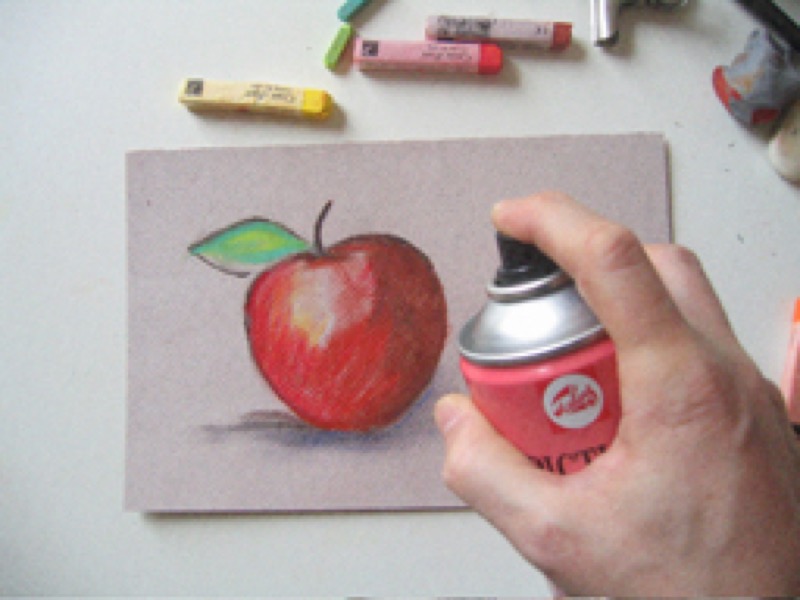Are pastels child's play? Not quite… First, you need to have mastered good drawing skills. Moreover, the fragility of the pigments and the opacity of the colors, which make corrections problematical, mean you need to take several precautions.

1. Mastering drawing: a matter of practice
Pastels, which are close to drawing, allow you to produce precise lines, with every mark you leave corresponding exactly to the artist's gesture. However, pigments are hard to erase: so make sure to work with a steady hand!
- Do you lack ease in drawing? Practice as often as possible by doing pastel, pencil and charcoal sketches. Carefully observe the nuances of the shades: this is what creates volumes and perspectives.
- Work step by step: sketch the main forms of the subject, then add the details.

2. Mastering colors: make good use of fixatives
Pastels are unstable and volatile. There's only one way to get pigments to adhere to the medium (a line or a solid block on a preliminary sketch): spraying fixative. Once the product has been applied, the colors can't be stumped any more!
- Apply it with a quick, light hand.
- Don't go overboard: it tends to darken colors.
- Do not spray the final layer: the colors will keep their brilliance and velvety appearance.
3. Correcting your mistakes: watch out for stray marks!
Here are a few tricks to tone down any mistakes you aren't able to completely erase:
- Wipe the area you need to fix with a clean rag, in a single direction, without pressing down, to keep from damaging the paper. The color will soften considerably, allowing you to rework it.
- On a wider area of color: before going over it with your rag, blow away the pigments while holding the paper vertically and tilted slightly forward
- To touch up a detail: use a kneaded eraser shaped to a point.
Recommended product:
Mi-Teintes®
See also :
Pastel
Pastels & Colour: in three key steps
